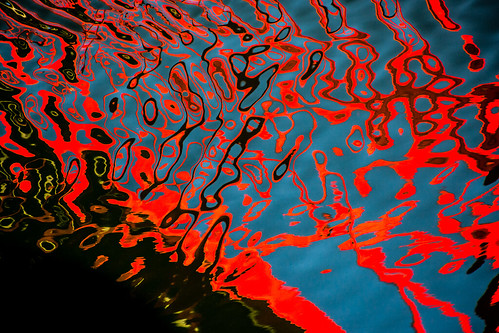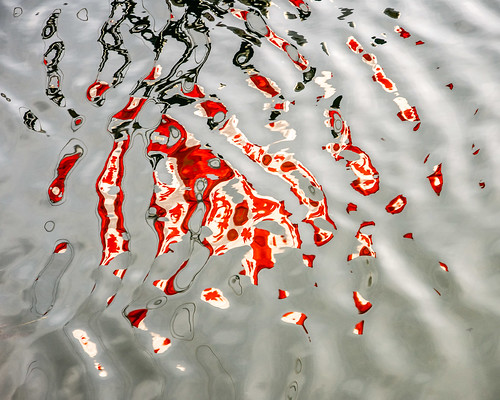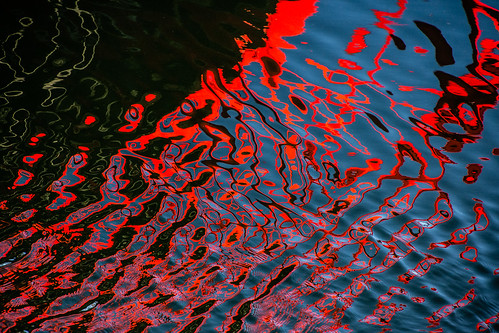The federal and provincial governments are providing financial support for a geothermal energy plant in southeastern Saskatchewan. DEEP Geothermal’s plant will drill down 3.5 kilometres into the hot sedimentary base of the Williston Basin, making it the deepest well ever drilled in the province. The geothermal fluid will be pumped through heat exchangers, creating steam to drive the generators. Brine from the source well will be re-injected into the ground.
Geothermal energy uses heat stored in the earth’s core to generate electricity. The earth’s core is hot enough to melt rocks, creating magma. Sometimes the magma escapes as lava, but it normally stays below the earth’s surface heating the surrounding rocks and water. The heated water can form hot springs or geysers, but it usually remains below ground in geothermal reservoirs. By drilling into the reservoir, hot water can be pumped up to the surface and used to generate electricity or heat individual buildings. In some locations, if there is no water or steam to extract, the rock is cracked and water forced through it to be heated and pumped for use. This is referred to as enhanced geothermal.
Although geothermal energy provides only a very small proportion of energy worldwide (0.3%), it makes a much more significant contribution in some areas. Geothermal plants produce approximately 30% of Iceland’s electricity, while geothermal heating meets the heating and hot water requirements for 87% of the nation’s housing.
The proponents of geothermal energy are quick to point out its many benefits with SaskPower’s website noting its reliability, lack of emissions, and small environmental footprint. Unfortunately, very few things in life are quite that simple, and geothermal energy is no exception. The pros and cons of geothermal energy are mixed and complex.
Reliability: Unlike wind and solar energy, geothermal energy is not limited to certain days or times of day. Many view it as a renewable resource, but that is not the case if the groundwater reservoirs are depleted. Similarly, aggressive extraction can surpass natural limits resulting in financial losses as the power plant is unable to function at full capacity.
Location & Cost: In theory, geothermal energy can be produced anywhere, but it is a much more reasonable proposition when the heat is close to the earth’s surface as is the case in Iceland. Geothermal power plants have much higher up-front costs than other power plants. One can only assume that costs, both financial and environmental, will rise the deeper one has to dig to reach the heated rock and water.
Geological Stability: Extracting and re-injecting hot fluids into the ground can cause the ground to settle and may generate earthquakes. In most cases, the earthquakes associated with geothermal energy production have been minor, but concerns have been raised by larger earthquakes in Switzerland and South Korea near enhanced geothermal facilities.
Re-injecting spent fluids into the well is supposed to prevent land subsidence by replenishing the reservoir; however, the fracking industry’s practice of reinjecting waste liquids into disposal wells has been linked to earthquake activity. Recent seismic activity near a fracking site in northeastern British Columbia measured between 3.4 and 4.5 magnitude.
Health & Environmental Problems: The water or steam that is brought to the surface often contains hydrogen sulphide, which is released into the environment as gas, causing health and environmental problems. Concerns have already been raised in Saskatchewan about leaking gas from fracking operations - will the geothermal plant generate similar concerns? Reports indicate that hydrogen sulphide from geothermal plants has increased the seriousness of respiratory problems and asthma in Reykjavik. Hydrogen sulphide can also lead to “increased corrosion of metals, increasing the costs of replacement of circuit boards and other complicated electronics.”
Noise pollution can be substantial during drilling, construction, and operation, affecting both nearby residents and wildlife. It will be interesting to see whether this concern is adequately addressed by a German company constructing a 50 MW geothermal facility in the heart of Munich. The company’s noise prevention measures include “ongoing measurements in order to be able to locate and control noise sources immediately, noise barriers, a particularly quiet drilling rig and adapted construction site logistics. Thus, the noisy delivery and unloading almost exclusively during the day.”
Pipes can leak, and DEEP Geothermal’s CEO acknowledges the importance of monitoring the pipes carrying the brine, particularly in an agricultural area.
Water Supply: Geothermal processes use a lot of water and may require external water sources to maintain their operations. Is there an adequate water supply in southeastern Saskatchewan to meet the needs of residents, agriculture, recreation, and nature as well as industry?
Wildlife & Natural Beauty: Has a detailed environmental assessment been carried out to examine the potential impact of the geothermal activities near Estevan on wildlife and plants? A geothermal facility in Hell’s Gate National Park, Kenya, contains “Miles and miles of pipes – some high enough off the ground that trucks can pass underneath and giraffes won’t hit their heads” - carrying steam to huge power plants also located in the park. One can only question the impact this has on wildlife and tourism, a major economic driver in East African countries.
It’s great to see money being invested in a renewable energy project, particularly one in southeastern Saskatchewan, which has been for so long reliant on coal for employment and a strong economy. However, let’s make sure that all the potential risk factors receive due consideration and mitigation. All necessary steps must be taken to protect humans, wildlife, and nature.
Geothermal Energy Pros and Cons
10 Geothermal Energy Pros and Cons
How Does Geothermal Drilling Trigger Earthquakes?
South Korea’s Most-Destructive Quake Probably Triggered by Geothermal Plant
The Hidden Price of Iceland’s Green Energy
Saskatchewan Firms Aims to Build Canada’s First Geothermal Facility


